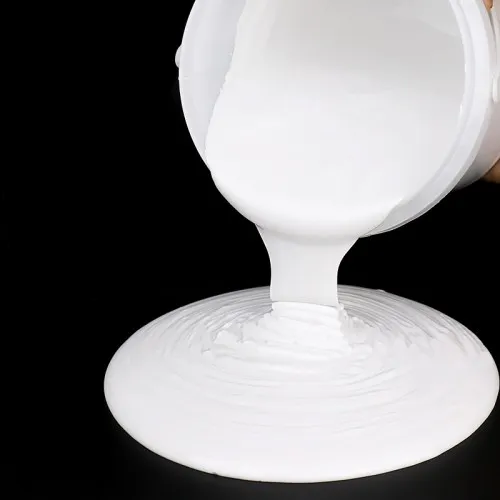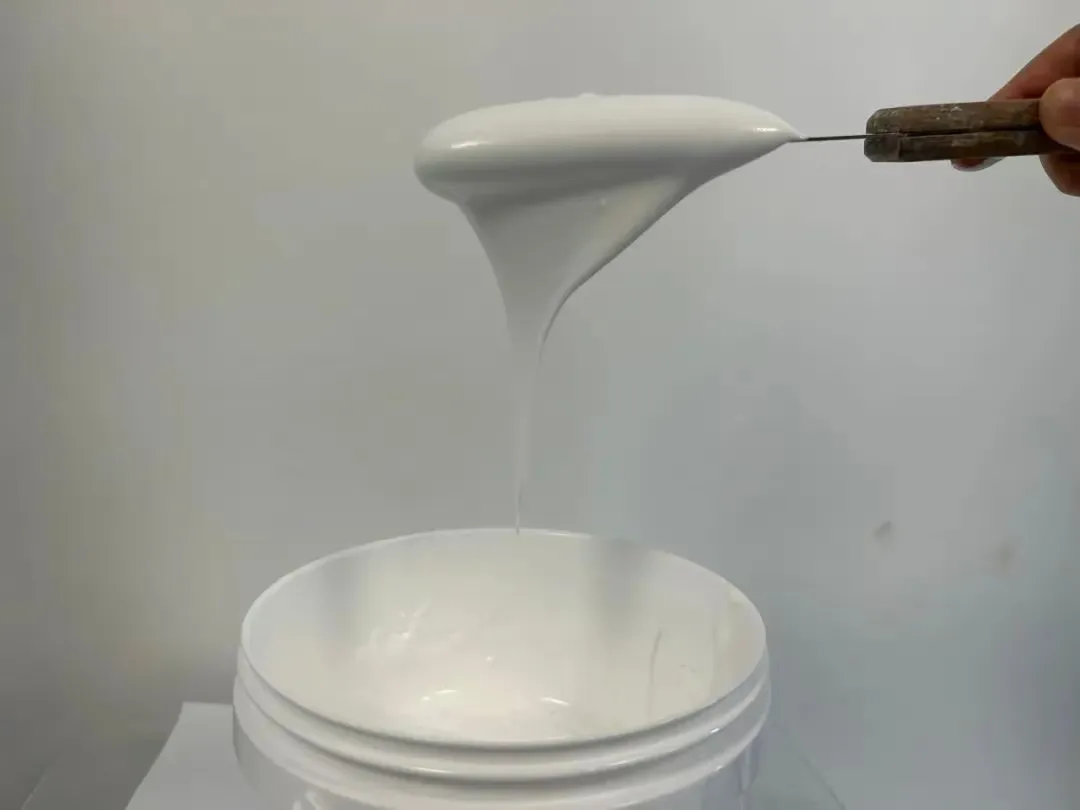Aerogel Insulation Coatings: Revolutionizing Thermal Management through Nanoscale Engineering aerogel coatings
1. The Nanoscale Architecture and Material Scientific Research of Aerogels
1.1 Genesis and Essential Framework of Aerogel Materials
(Aerogel Insulation Coatings)
Aerogel insulation coverings stand for a transformative improvement in thermal administration innovation, rooted in the special nanostructure of aerogels– ultra-lightweight, permeable materials originated from gels in which the liquid part is replaced with gas without breaking down the solid network.
First developed in the 1930s by Samuel Kistler, aerogels continued to be mainly laboratory inquisitiveness for years because of fragility and high manufacturing expenses.
Nonetheless, recent breakthroughs in sol-gel chemistry and drying strategies have actually made it possible for the integration of aerogel fragments into adaptable, sprayable, and brushable covering formulations, opening their potential for prevalent industrial application.
The core of aerogel’s exceptional shielding capacity depends on its nanoscale porous framework: generally composed of silica (SiO â‚‚), the product shows porosity surpassing 90%, with pore sizes mostly in the 2– 50 nm array– well listed below the mean totally free course of air molecules (~ 70 nm at ambient problems).
This nanoconfinement dramatically reduces aeriform thermal conduction, as air particles can not effectively move kinetic power via crashes within such confined areas.
Concurrently, the strong silica network is crafted to be very tortuous and alternate, decreasing conductive heat transfer with the strong phase.
The outcome is a product with among the most affordable thermal conductivities of any type of strong known– usually between 0.012 and 0.018 W/m · K at area temperature level– surpassing conventional insulation materials like mineral wool, polyurethane foam, or expanded polystyrene.
1.2 Advancement from Monolithic Aerogels to Composite Coatings
Early aerogels were produced as fragile, monolithic blocks, limiting their usage to particular niche aerospace and scientific applications.
The shift towards composite aerogel insulation coatings has been driven by the need for flexible, conformal, and scalable thermal barriers that can be related to intricate geometries such as pipelines, valves, and uneven devices surfaces.
Modern aerogel layers include carefully crushed aerogel granules (frequently 1– 10 µm in size) distributed within polymeric binders such as acrylics, silicones, or epoxies.
( Aerogel Insulation Coatings)
These hybrid formulations preserve a lot of the innate thermal efficiency of pure aerogels while obtaining mechanical effectiveness, bond, and climate resistance.
The binder phase, while somewhat enhancing thermal conductivity, offers essential communication and allows application through basic commercial approaches consisting of spraying, rolling, or dipping.
Crucially, the quantity fraction of aerogel particles is enhanced to balance insulation performance with film honesty– usually varying from 40% to 70% by quantity in high-performance formulas.
This composite method preserves the Knudsen result (the reductions of gas-phase conduction in nanopores) while allowing for tunable homes such as adaptability, water repellency, and fire resistance.
2. Thermal Efficiency and Multimodal Warmth Transfer Reductions
2.1 Systems of Thermal Insulation at the Nanoscale
Aerogel insulation coverings achieve their exceptional efficiency by all at once suppressing all three modes of warmth transfer: conduction, convection, and radiation.
Conductive warmth transfer is minimized through the combination of reduced solid-phase connectivity and the nanoporous framework that restrains gas molecule motion.
Due to the fact that the aerogel network contains extremely slim, interconnected silica strands (frequently just a few nanometers in diameter), the pathway for phonon transportation (heat-carrying latticework resonances) is extremely restricted.
This architectural style efficiently decouples adjacent areas of the layer, decreasing thermal bridging.
Convective heat transfer is inherently lacking within the nanopores due to the inability of air to create convection currents in such restricted rooms.
Even at macroscopic ranges, correctly applied aerogel finishes remove air gaps and convective loopholes that afflict conventional insulation systems, especially in upright or overhead installations.
Radiative warmth transfer, which becomes substantial at raised temperatures (> 100 ° C), is alleviated through the incorporation of infrared opacifiers such as carbon black, titanium dioxide, or ceramic pigments.
These additives enhance the coating’s opacity to infrared radiation, spreading and soaking up thermal photons before they can pass through the finish density.
The synergy of these systems results in a material that offers comparable insulation performance at a portion of the thickness of traditional materials– frequently accomplishing R-values (thermal resistance) several times higher each density.
2.2 Efficiency Across Temperature Level and Environmental Conditions
Among the most compelling advantages of aerogel insulation layers is their regular efficiency across a wide temperature spectrum, generally varying from cryogenic temperature levels (-200 ° C) to over 600 ° C, relying on the binder system made use of.
At low temperatures, such as in LNG pipelines or refrigeration systems, aerogel finishings avoid condensation and minimize warm ingress much more effectively than foam-based alternatives.
At heats, specifically in commercial procedure tools, exhaust systems, or power generation centers, they shield underlying substratums from thermal destruction while lessening power loss.
Unlike organic foams that may break down or char, silica-based aerogel coatings continue to be dimensionally stable and non-combustible, contributing to easy fire protection methods.
Furthermore, their low water absorption and hydrophobic surface area treatments (often achieved using silane functionalization) avoid efficiency destruction in damp or wet settings– a common failure setting for fibrous insulation.
3. Formula Approaches and Practical Integration in Coatings
3.1 Binder Option and Mechanical Residential Property Design
The option of binder in aerogel insulation layers is essential to stabilizing thermal performance with toughness and application convenience.
Silicone-based binders use excellent high-temperature stability and UV resistance, making them appropriate for outdoor and industrial applications.
Polymer binders supply excellent bond to steels and concrete, in addition to ease of application and reduced VOC discharges, suitable for constructing envelopes and heating and cooling systems.
Epoxy-modified formulas enhance chemical resistance and mechanical stamina, valuable in aquatic or destructive environments.
Formulators also integrate rheology modifiers, dispersants, and cross-linking agents to make sure consistent bit circulation, protect against settling, and boost movie development.
Adaptability is very carefully tuned to prevent cracking during thermal biking or substrate deformation, particularly on vibrant structures like development joints or vibrating equipment.
3.2 Multifunctional Enhancements and Smart Layer Possible
Past thermal insulation, contemporary aerogel coatings are being crafted with additional functionalities.
Some formulations include corrosion-inhibiting pigments or self-healing agents that extend the life expectancy of metallic substrates.
Others incorporate phase-change products (PCMs) within the matrix to provide thermal energy storage space, smoothing temperature level changes in buildings or digital enclosures.
Emerging research study discovers the combination of conductive nanomaterials (e.g., carbon nanotubes) to make it possible for in-situ monitoring of finishing honesty or temperature level circulation– leading the way for “clever” thermal monitoring systems.
These multifunctional abilities placement aerogel finishings not simply as passive insulators however as active components in smart infrastructure and energy-efficient systems.
4. Industrial and Commercial Applications Driving Market Adoption
4.1 Energy Efficiency in Building and Industrial Sectors
Aerogel insulation finishes are progressively deployed in business buildings, refineries, and power plants to minimize energy consumption and carbon exhausts.
Applied to vapor lines, boilers, and warmth exchangers, they dramatically lower heat loss, improving system effectiveness and decreasing gas demand.
In retrofit situations, their thin account allows insulation to be included without significant structural adjustments, preserving area and lessening downtime.
In domestic and commercial building, aerogel-enhanced paints and plasters are made use of on wall surfaces, roofing systems, and home windows to boost thermal comfort and decrease cooling and heating loads.
4.2 Specific Niche and High-Performance Applications
The aerospace, automotive, and electronic devices sectors utilize aerogel finishings for weight-sensitive and space-constrained thermal monitoring.
In electrical automobiles, they protect battery packs from thermal runaway and external warm resources.
In electronics, ultra-thin aerogel layers protect high-power components and stop hotspots.
Their use in cryogenic storage space, space habitats, and deep-sea equipment underscores their dependability in severe atmospheres.
As making scales and prices decrease, aerogel insulation finishes are poised to come to be a foundation of next-generation lasting and resistant framework.
5. Supplier
TRUNNANO is a supplier of Spherical Tungsten Powder with over 12 years of experience in nano-building energy conservation and nanotechnology development. It accepts payment via Credit Card, T/T, West Union and Paypal. Trunnano will ship the goods to customers overseas through FedEx, DHL, by air, or by sea. If you want to know more about Spherical Tungsten Powder, please feel free to contact us and send an inquiry(sales5@nanotrun.com).
Tag: Silica Aerogel Thermal Insulation Coating, thermal insulation coating, aerogel thermal insulation
All articles and pictures are from the Internet. If there are any copyright issues, please contact us in time to delete.
Inquiry us

